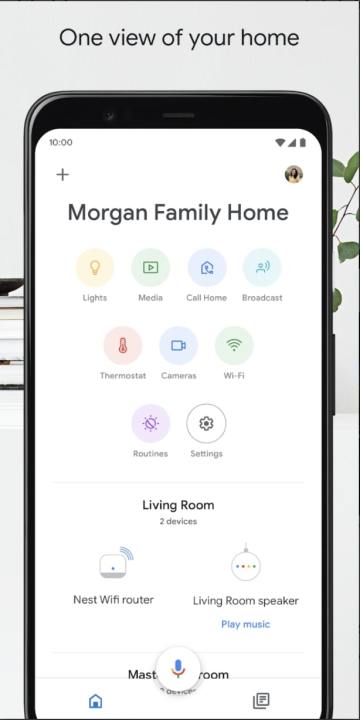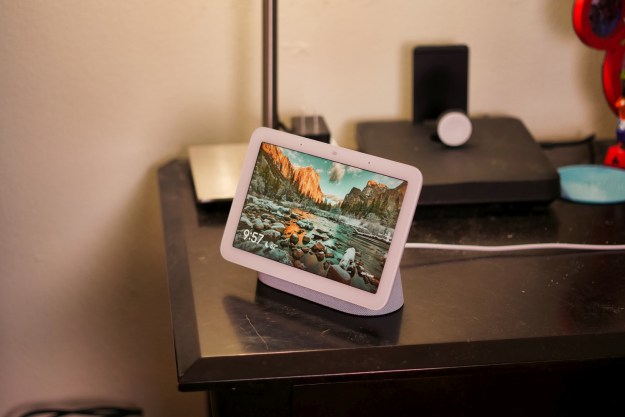Google’s Home app on iOS has been pretty stagnant over the past few years while the company has been adding features to the service and its products. Luckily, Google has committed to giving the app a pretty big overhaul in the upcoming weeks. This overhaul should change the primary grid you use to interact with your devices.
You are presented with a grid divided into different sections upon opening the current Google Home app. The top area has quick settings to manage your house or get into a specific smart home section. For example, there’s a light section where you can see and control all your home’s lights or a routines section to add or edit routines. The subsequent sections are your home’s separate rooms and their devices.

The new app update will bring the iOS app closer to the way the Android 11+ app looks and functions. Instead of having large icons to identify each device and you tapping them to change values (i.e., brightness, volumes, etc.), the icons will be new interactable tiles. You’ll still be able to control simple on/off commands by a quick tap of the tile, but you will also be able to change those values by sliding left and right. Next, you can long-press the tiles to get full device controls; for example, for a multi-colored light, you can change the hues and saturation levels. Lastly, the background of the tiles will quickly convey the state of the device; dimmed means the device is off, while light means the device is on.
Google seems to be changing the design language for a couple of reasons. First, we get to have feature and design parity between the two operating systems. Secondly, it claims to want users to “quickly find what you’re looking for, dim your compatible lights, and change the music volume in a snap.”
Check the version if you’re looking to see if your app has the new design and update. Google states that the version number for the new update is 2.49. Unfortunately, the update will still take a few weeks, so now all that is left is to be patient and wait. Download or update the Google Home app from the App Store here.
Editors' Recommendations
- Home Depot’s Hubspace is a great way to start building your smart home
- How to use the Google Home app on a computer
- Echo Show 8 vs. Nest Hub: Does Amazon or Google offer the best smart display?
- Nest Secure will be discontinued in April – prepare your smart home with these steps
- Google Assistant loses 17 features as the company lays off employees




